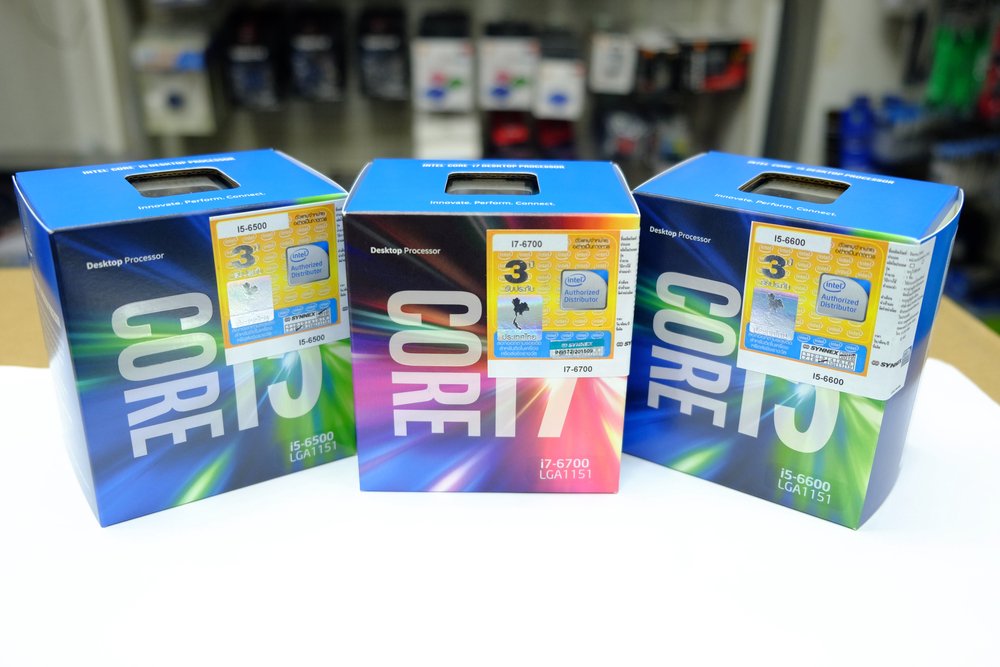
Intel Skylake iGPUs Reach End of Life Status
Intel’s Skylake integrated graphics has reached end-of-life (EOL) status, according to official Intel documentation spotted today by TechPowerUp. Many recognize Skylake as the 6th generation of Core processors, but the family launched with 9th generation iGPUs that will no longer benefit from driver updates, even if a critical issue comes to light.
However, the EOL of Skylake graphics isn’t that surprising. For users of these systems, it will likely mean very little in practice unless a gaping security vulnerability is found in the old drivers. Users of discrete graphics cards will be less worried by this EOL news, as they can disable the iGPU in BIOS, avoiding the Intel graphics driver software.
Introduced in 2015, Intel’s Skylake CPUs started to feel decidedly vintage when Windows 11 arrived with its Intel 8th Gen Core or newer architecture requirements. Last summer, we reported on Intel ending day-0 GPU driver support for 10th gen and older CPUs, with Skylake at the bottom of the list of generations remaining on legacy support. Now that Skylake has dropped off the legacy list, Kaby Lake chips are on the bottom rung of the ladder, waiting to be allocated a plot in silicon heaven.
Intel’s 7th Gen Core Kaby Lake CPUs debuted with Intel Gen 9.5 integrated graphics. Thus, it might be harder to EOL Kaby Lake, as the same graphics architecture persisted through 8th, 9th, and 10th Gen Core processors.

The last regular iGPU driver release available for Skylake users is version 31.0.101.2115, from December 2022. This legacy driver is available here, supporting various editions of Windows 10 & 11, with the Skylake EOL notice in full.
As noted above, the EOL news probably has little consequence for desktop Skylake system users. However, this news and Intel’s legacy driver change last summer might devalue 10th Gen Core and older systems relying on iGPUs with few or no options for a GPU upgrade (e.g., laptops, AiOs or mini PCs). We must also remember that Windows 11 kicked many otherwise serviceable machines into a kind of upgrade limbo. We don’t know what Windows 12 requirements may be regarding CPU, GPU, security, connectivity, RAM, storage, etc.

